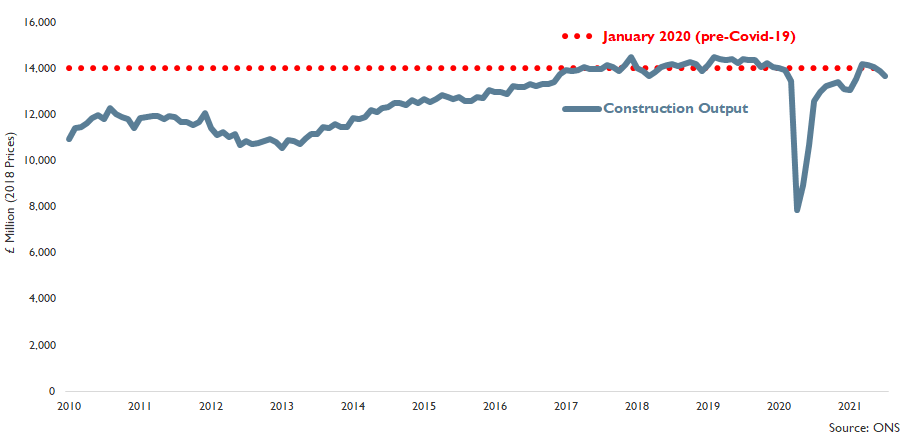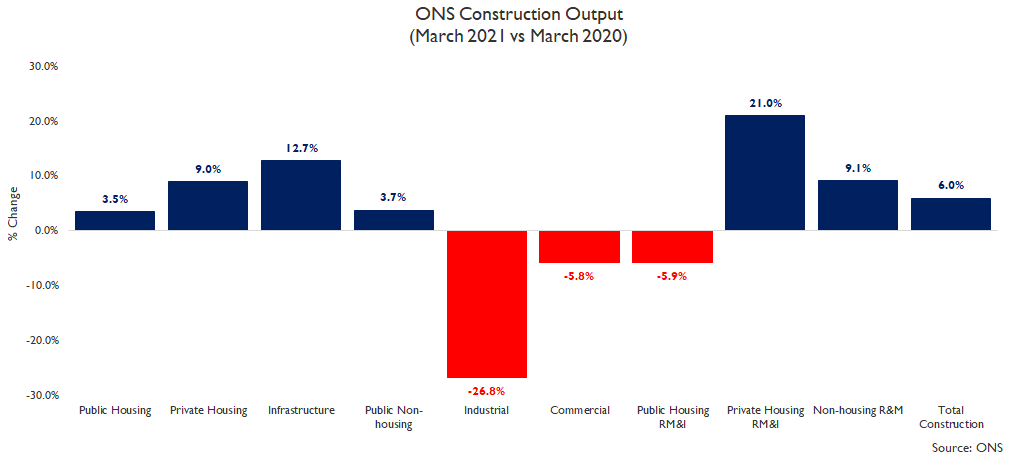
Lee Rowley is the new Construction Minister, making him the 9th Construction Minister in the last 5 years and the UK currently averages 1 construction minister every 7 months...
#ukconstruction #construction
#ukconstruction #construction

... Looking over the longer-term, Lee Rowley is also the 20th Construction Minister in the last 20 years, averaging 1 every 13 months. The lack of stability in the position is a long-term problem but it has clearly got worse in the last 5 years...
#ukconstruction #construction
#ukconstruction #construction

... Unfortunately, government views the Construction Minister position as a 'stepping stone' position whereby, if you succeed then you get promoted to a higher-profile position or if you fail you get relegated (back) to the backbenches....
#ukconstruction #construction
#ukconstruction #construction
... However, the lack of importance government places on construction long-term & the Construction Minister position hinders its own objectives given that many of its key pledges such as...
#ukconstruction #construction
#ukconstruction #construction
... Net Zero, 'Levelling Up' (whatever that actually means) & 300,000 net additional homes per year etc. are heavily reliant on construction industry & long-term investment in skills, capacity, digitalisation & decarbonisation to enable them....
#ukconstruction #construction
#ukconstruction #construction
... Whilst the Construction Minister changed in the reshuffle, the Housing Minister didn't (although the Secretary of State for MHCLG did). The charts of Housing Ministers in the last 10 & 20 years are below...
#ukconstruction #construction #ukhousing #housing
#ukconstruction #construction #ukhousing #housing

... & whilst the change in housing ministers is marginally less bad than for construction ministers, the constant change (& inexperience of new housing/construction ministers) makes consistent, coherent long-term policy...
#ukconstruction #construction #ukhousing #housing
#ukconstruction #construction #ukhousing #housing

... less likely & makes policy makers more likely to focus on short-term 'sticking plaster' measures & PR 'announceables' that grab positive headlines without addressing policies needed to deal with long-term structural issues...
#ukconstruction #construction #ukhousing #housing
#ukconstruction #construction #ukhousing #housing
... or long-term policies that incentivise upfront industry investment for a long-term rate of return in improvement, whether that is on safety, quality, value, efficiency or capacity & skills to meet government priorities...
#ukconstruction #construction #ukhousing #housing
#ukconstruction #construction #ukhousing #housing
... so the construction industry business model focus continues to be on business models that sub-contract activity, cost & risk whilst maximising current rates of return.
#ukconstruction #construction #ukhousing #housing
#ukconstruction #construction #ukhousing #housing
• • •
Missing some Tweet in this thread? You can try to
force a refresh





















